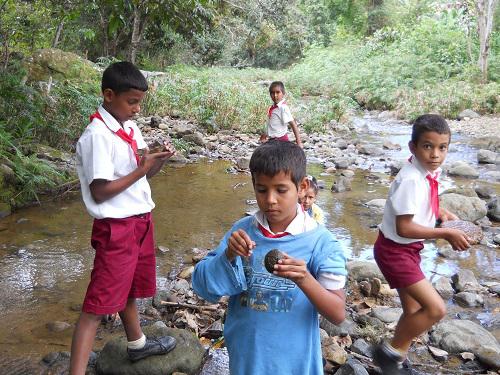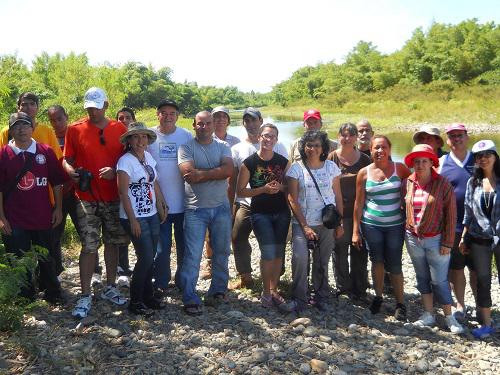Pedro López Del Castillo
Other projects
18 Aug 2011
Watershed Conservation in Cuba: Bio-monitoring, Training and Environmental Education
14 Jul 2014
Watershed Conservation in Cuba: Bio-monitoring, Training and Environmental Education III
Our aims are to follow-up forward the watershed conservation activities by means of Environmental Education, training and Bio monitoring in some Protected Areas of Cuba.

At Turquino National Park is located the Head Office of Protected Areas. They administrate three protected areas with different conservation objectives and complexity: Turquino National Park, Pico Caracas Floristic Reserve and Palmarito Fauna Refuge. Nevertheless, they do not have human resources to face up the Environmental Education and Training activities. Watersheds inside the Protected Areas are zones with high complexity composed of a combination of different ecosystems closely connected where human dimension plays an important role.

We will reach all society sectors through lectures and training in watershed conservation with holistic view or general conservation approach. We´ll be focused in teaching the communities the high value of biodiversity and the need to protect it, since endemic and threatened species like Accipiter gundlachi (Gundlach's Hawk), Epicrates angulifer (Cuban Boa), and several species of amphibians and reptilians most of them endemics, invertebrates like butterflies and snails are present in these protected areas. At the same time we’ll continue our work on Bio-monitoring matters.

We are fulfilling the lack of human resource at the Turquino Administrative Unit training farmers, managers, conservation workers and guides of tourism as well as Environmental Education in schools located inside the watersheds.
We will continue providing information on freshwater species composition (inventory, new species records, increasing the collection of freshwater fauna in “Tomás Romay” museum in Santiago de Cuba. Environmental Education and training plays a vital role in our project. We want to carry science to communities and communities to science. We will offer lectures and training in different aspects about conservation biology in watersheds (e.g. biodiversity, bio-monitoring, agro-ecology) in the majority of communities and schools of the area.
We’ll develop the II edition of the Festival “Protecting Watershed for the Future” with painting, theatre competition, etc. Several sample points will be placed across watershed to continue sampling all microhabitats (riffle, pool, sand, mud and sheets), to measure biological variables (e.g. diversity of species, size of populations, diversity of the insects, intolerant of pollutants (Mayflies, Caddisflies, Dragonflies and Damselflies) ETO Index and BMWP-Cub Water Quality.